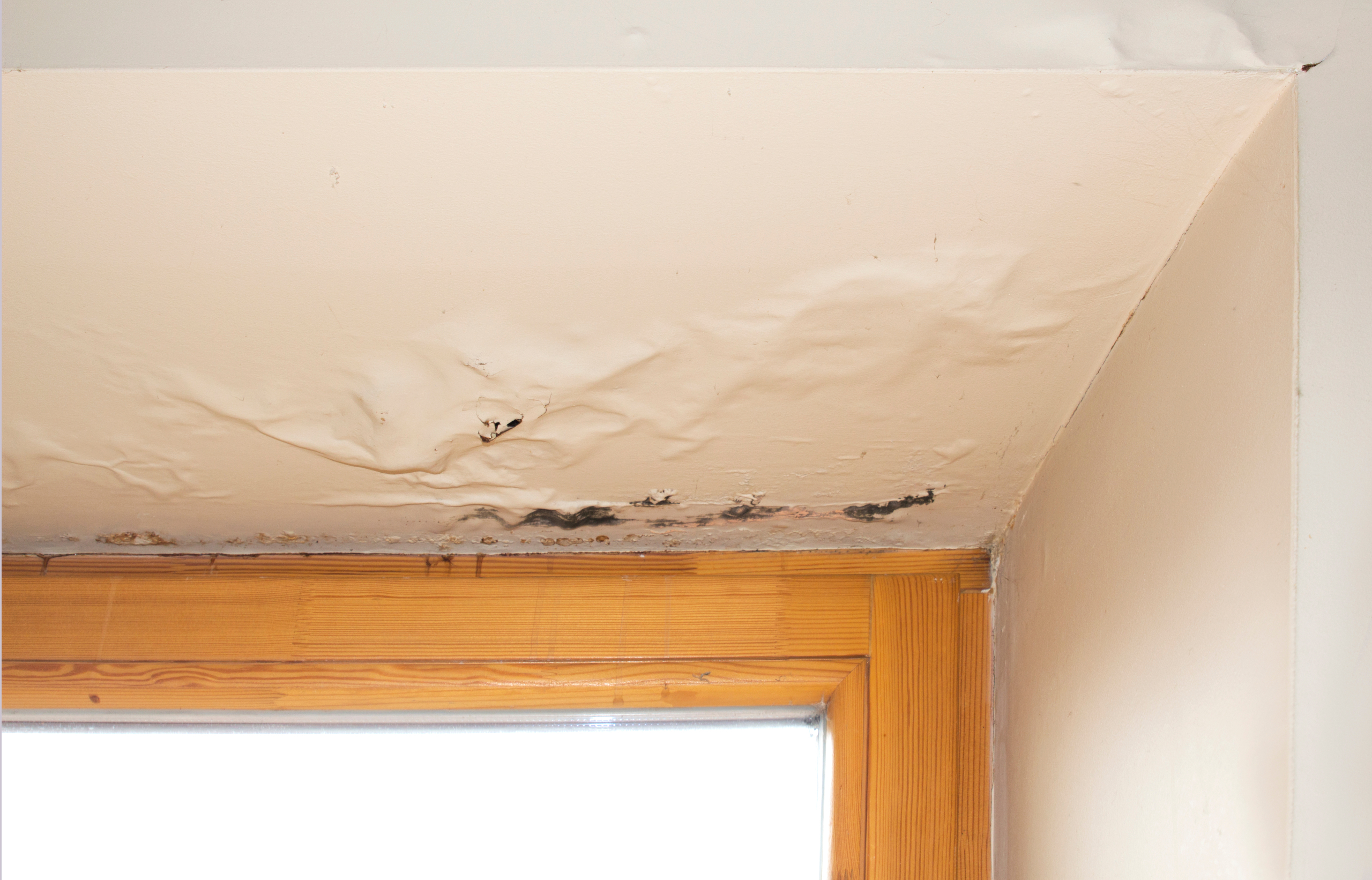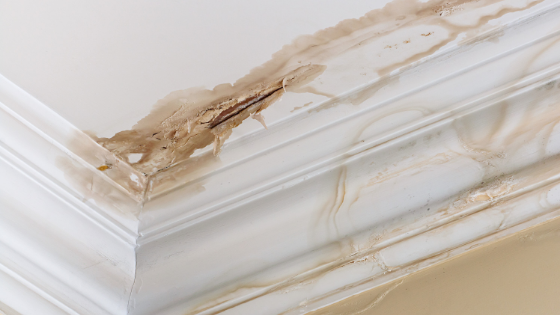From Detection To Correction - Managing Water Stains On Your Walls
From Detection To Correction - Managing Water Stains On Your Walls
Blog Article
We have unearthed this post involving Water Stains on Walls listed below on the net and think it made perfect sense to write about it with you on this page.

Water stains on wall surfaces are not positive to the eyes. Your residence needs to be without spots on the wall surfaces, roofing, or floors. That is the ideal state of a home as well as its structures. Sometimes it appears virtually inescapable to experience water spots on walls in homes.
House owners living in damp regions frequently deal with the concern of water stains on wall surfaces. With exact as well as well-rounded details on the causes of water discolorations as well as punctual repair work processes, you will certainly always be an action ahead of such occurrences.
3 Usual Reasons For Water Discolorations on Wall Surfaces
Contrary to common belief, water stains on wall surfaces do not always originate from bad structure materials. There are numerous root causes of water stains on wall surfaces. These include:
Wet
When hot damp air meets dry chilly air, it creates water droplets to base on the wall surfaces of buildings. When there is steam from cooking or showers, this happens in cooking areas and shower rooms. The water beads can tarnish the surrounding walls in these parts of your house and also infect other areas.
Wet or condensation affects the roof covering and wall surfaces of structures. When the wall surface is damp, it develops an ideal atmosphere for the development of fungi and microbes.
Poor Drainage
When making a structure plan, it is important to make certain adequate drain. This will certainly protect against water from seeping right into the wall surfaces. Where the drainage system is clogged or missing, below ground dampness accumulates. This web links to too much wetness that you observe on the wall surfaces of your structure.
So, the leading root cause of damp walls, in this situation, can be an inadequate drainage system. It can also be because of bad administration of sewer pipelines that go through the structure.
Pipe Leaks
A lot of houses have a network of water pipes within the walls. It always raises the stability of such pipelines, as there is little oxygen within the wall surfaces.
A disadvantage to this is that water leak impacts the walls of the structure and also triggers widespread damage. A telltale sign of defective pipes is the look of a water tarnish on the wall.
Pro Tip
A houseplant in your house additionally boosts its humidity. If the residence is currently humid, you might desire to introduce houseplants with marginal transpiration. An instance of appropriate houseplants is succulents.
Water Stains on Wall Surface: Repair Work Tips
When dealing with water stains, home owners would normally want a fast repair. They would certainly soon understand this is counterproductive as the water discolorations repeat. Below are a few practical tips that will lead you in the repair of water spots on wall surfaces:
Final thought
No one desires to have water discolorations on walls in their home, it can happen to the best of us. This article gives you leverage, as you currently recognize just how to manage this problem if it does take place.
It is constantly best to hire expert solutions to assist repair the damages in your home.
Often it appears virtually inevitable to experience water stains on walls in houses.
In contrast to preferred idea, water spots on walls do not constantly stem from bad building products. There are numerous causes of water stains on wall surfaces. The water droplets can stain the surrounding walls in these components of your home and also spread to various other areas.
Here are a couple of practical ideas that will guide you in the repair of water discolorations on walls:
CHECKING FOR WATER DAMAGE
Water damage can be costly, and it may begin before you even notice the first signs of trouble. Water damage can cause mold and mildew in your walls and floors, which can create an abundance of health concerns for your family. It can also lead to costly repairs of various appliances and general home fixtures. To avoid the pricey consequences of water damage, here are Warner Service’s top 5 places you should check:
The walls – The easiest place to spot the beginnings of water damage is on the walls and ceilings of your home. If water damage is present, there will most likely be water stains, especially around the windows and doorframes, and/or cracks in the drywall. If a stain looks unusual (discolored to brown, black or gray, raised texture), has a swollen appearance or is soft to the touch, contact a professional immediately. The pipes – To avoid water damage, consistently check the pipes in your kitchen (especially the dishwasher and ice maker), bathrooms, laundry room (specifically washing machines) and basement for corrosion, leaks and water stains. Pay special attention to where the pipes connect in your home and the location of caulking around the bathroom fixtures, including toilets, sinks, showers and tubs. Missing or loose caulking and grout could be signs of leaking water. This seepage can also quickly cause mold and rust, so double check your water heater and tank for wet spots on the floor. The floor – Water damage is very easy to spot on the floor. Look for any warping or buckling of the material, especially in the basement. If your home has wood flooring, look for bright white or dark stains. If your home has carpeting, keep it dry and clean. A damp carpet that smells of mold could cause water damage and health problems. To avoid this, consider installing floor pans under your appliances to help prevent damages from small, slow and undetected leaks. The basement and attic – If your basement or attic smells odd check for mold and mildew around the area, especially the valley where the roof meets. While you are inspecting those areas, check for wall cracks, floor stains, rust and dampness in the insulation. If you live in a colder and/or rainier climate, perform routine checks for water damage from melting snow or ice and rain. The exterior – Check the roof for damaged flashing and missing, cracked or curled shingles. There should also be no standing water anywhere outside your home. This could be caused by puddles, leaky rain gutters or hoses, poor drainage, or short gutter spouts. Invest in a sump pump system or water flow monitoring system, and perform routine maintenance on these outdoor appliances to avoid indoor water damage.

I am very fascinated with Water Stains on Walls and I'm hoping you enjoyed our post. Do you know about another person who is inquisitive about the niche? Why not share it. Thanks a lot for your time invested reading it.
Details Here
Report this page